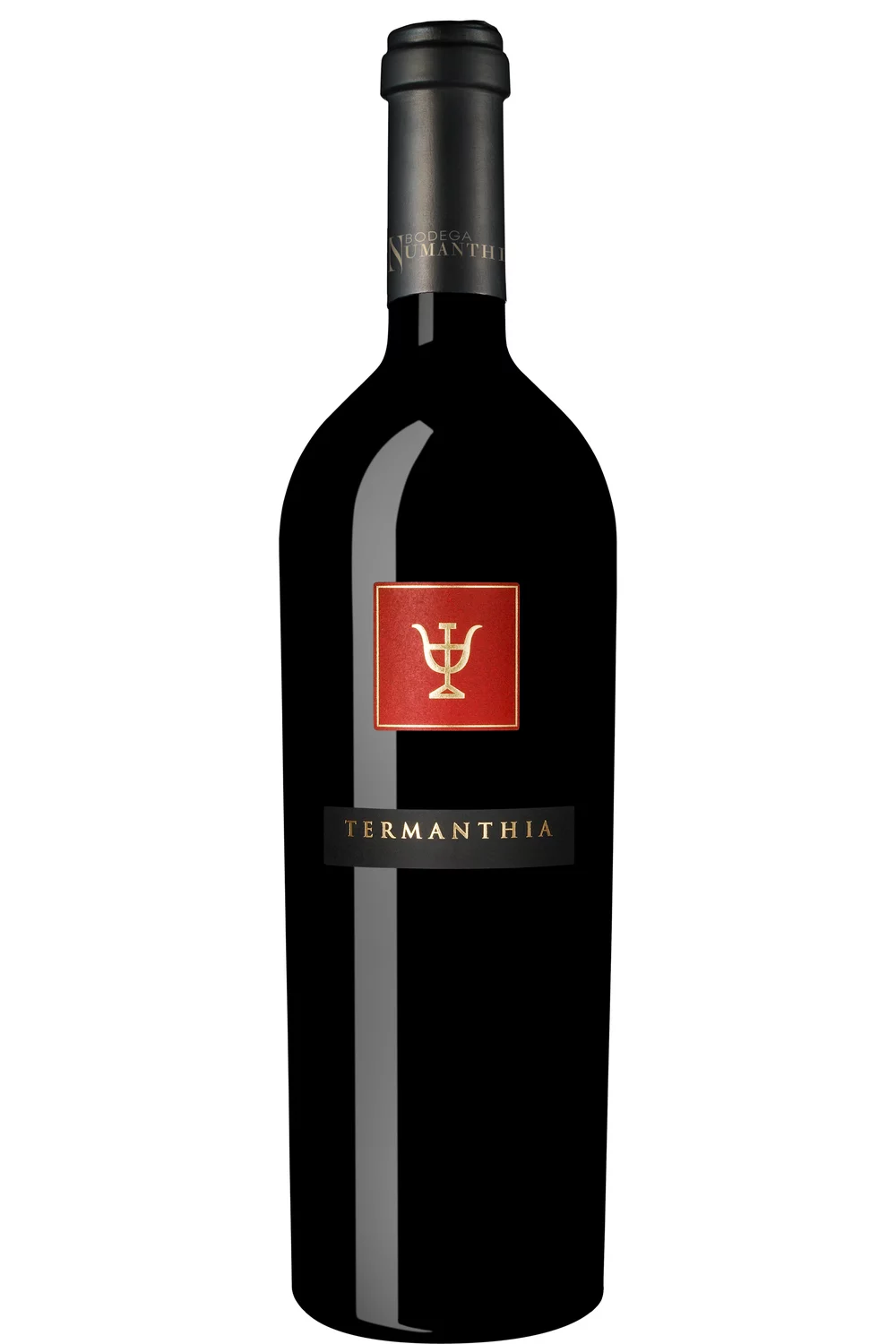Producer Notes
Numanthia is in Toro, a region west of Ribera del Duero but still situated on the river and its tributaries. Set up in 1998 by the Eguren family, after just ten years of production it was bought by LVMH for a rather large sum of money. LVMH’s involvement doesn’t seem to have hindered their ability to make a decent wine or made their prices quite so exclusive as some might assume. Although their description of the vineyards history and all that makes up the wine is fairly nauseating.
Like Rioja and Ribera del Duero, Tempranillo is the grape variety grown in Toro but a strain that is more suited to its dry, arid environment. The vines are heavily tended to ensure low yields and the intensity of these wines goes some way to explaining their appeal. The fashion for big, heavy, dense wines as favoured by many new world wine styles has been growing steadily for some time and Numanthia’s offerings are certainly that. They leave you slightly reeling they’re so powerful and a good amount of age for their top wine, Termanthia, is entirely necessary.
There are currently three wines in production at Numanthia:
Termanthia is the top wine, the one made solely from a small parcel of 100 year old vines, tended to lovingly and aged in a hefty amount of new oak. This is the wine that made their name and, given its current price tag offers some value for the region. It is a wine that is big on tannins though so age is needed to allow those to soften and the fruit to come through.
Bodega Numanthia, their second wine, like Flor de Pingus, is where the real value lies. The grapes are sourced from high quality, old vines throughout the Toro appellation and produced in the Numanthia winery. Like its highly praised sibling this is a big wine but one that offers a different take on the area, the flavours on offer are spicier and earthier with more black fruit than red. The later vintages (post LVMH) seem to be heavier on the oak which for some is an improvement but not for others.
Termes was developed to provide a well-priced introduction to Toro wines and it has certainly provided that. It is still a big, fruit heavy wine but with a little less complexity than its contemporaries. In good years though it seems to surpass the others and gains an unexpected depth that can make it worth cellaring for several years.
Vintage Notes
2010 was a very good vintage in Castilla y Leon


Our rating –